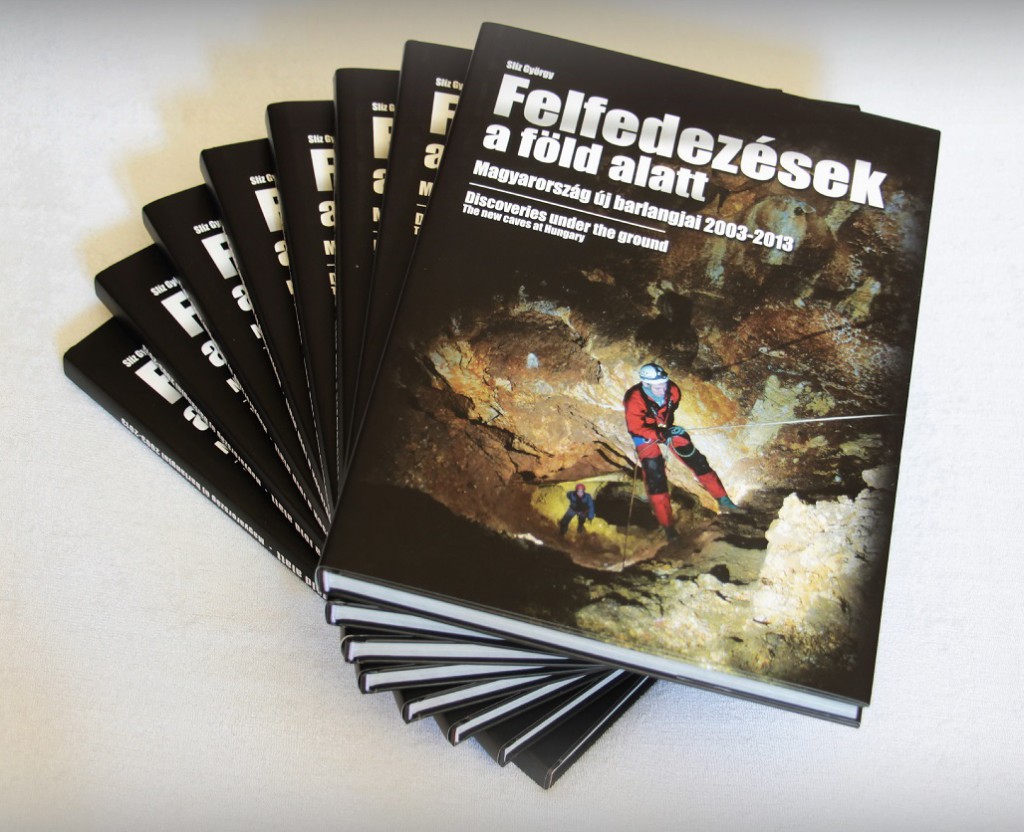Length: 5550m
Depth: 78m
Entrance is 348m above sea level.
The cave is at the north side of Budai-mountains, the entrance is on the northeast side of the Zsíros-mountain. It had 3 entrances: one close to the verge of a quarry. The second is about 70m Northwestern direction from the 1st, and the third entrance is enclosed with concrete due to danger of collapse.
The containing rock is dachtein limestone from the triassic period, and the forming effect was phreatic (underwater) dissolving, but later, the open entrances could have acted as sinkholes. Spherical cabins, pisolites, stalagmites, and gypsum crystals tipify the cave.
The paleontological findings were significant here, a lot of bones from the pleistocene period. (Gopher, shrew-mouse, mouse, cave bear, cave lion, bison, stephanorhinus, moose)
Nowdays, the vast bat population has significntly diminished, and in the past years mostly greater mouse-eared, greater-and lesser horseshoe, lesser mouse-eared, bechstein’s, geoffroy’s, and daubenton’s bats were seen.
The area, and the cave became preserved in 1942. In the past it was enclosed, guarded, and abandoned several times. After a longer abandoned period, now the cave is enclosed again and could only be visited with the permission of DINPI, and Ifjúsági Barlangtúra és Barlangi Sportterápia Egyesület leads hikes in it.
Interestingly in the past, when mines of Pilisszentiván and Nagykovácsi were in use, they had cut passageways under this cave, and according to some legends, one of these passageways had crossed a cave, which could have been a lower, unknown section of Solymári ördöglyuk.


